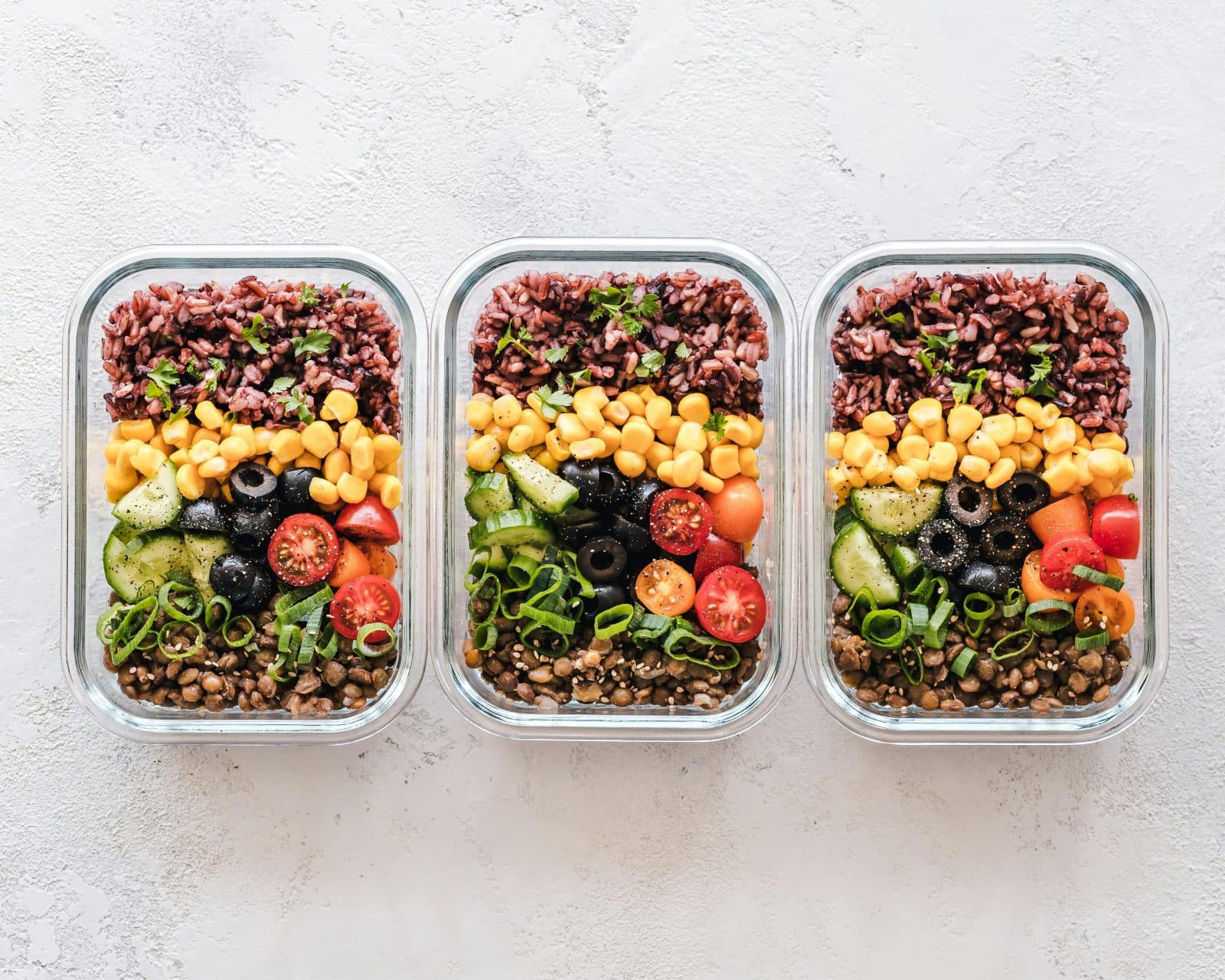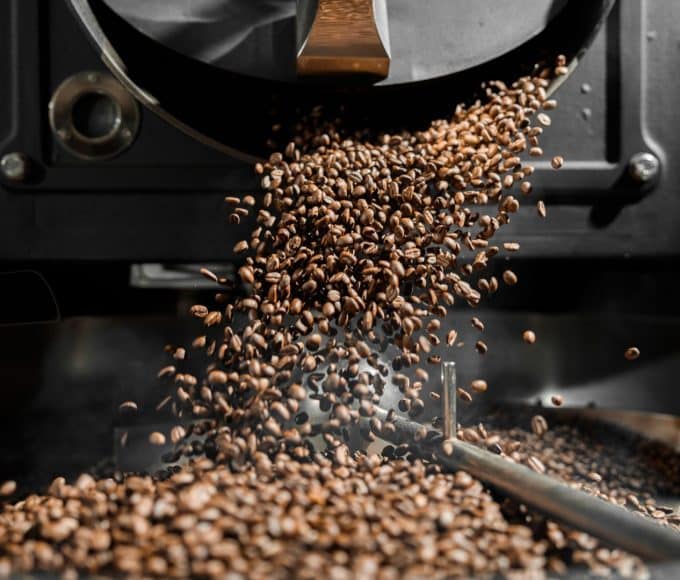When it comes to eating a balanced meal, it’s all about creating the perfect plate. By making sure you include the right proportions of carbs, fats, and proteins, you can ensure your meals are both nutritious and delicious.
Whether you’re planning a quick lunch or a hearty dinner, understanding how to balance these key nutrients will help you feel energized, satisfied, and ready to take on the day. Let’s dive into how to balance carbs, fats, and proteins in the healthiest way possible.
Step 1: Carbs—Your Energy Fuel
Carbohydrates are your body’s main energy source. They fuel everything you do, from working out to working at your desk. However, not all carbs are equal. While refined carbs like white bread can lead to energy crashes, whole grains and veggies provide lasting energy and lots of fiber.
Aim to fill 40-50% of your plate with complex carbs such as quinoa, brown rice, or sweet potatoes. These options not only give you energy but also deliver essential vitamins and minerals to support overall health.
Pro Tip: If you’re a pasta lover, try swapping regular pasta for whole-grain or lentil pasta. It’s higher in fiber and protein, making it a better choice for your energy levels.
Step 2: Proteins—Your Body’s Building Blocks
Proteins are essential for muscle repair, enzyme production, and keeping you feeling full. Whether you prefer lean meats like chicken or plant-based options like beans and tofu, protein should take up about 20-25% of your plate.
For example, a serving of grilled chicken breast, a handful of chickpeas, or a fillet of salmon will fit perfectly in the protein category. If you’re plant-based, pair up foods like rice and beans to get the complete amino acids your body needs.
Step 3: Fats—The Unsung Heroes
Fats often get a bad reputation, but healthy fats are crucial for brain function, hormone production, and satiety. They help you feel full and satisfied, making them an important part of your meal.
Aim to fill 10-15% of your plate with healthy fats like avocado, olive oil, or nuts. These fats are beneficial for your overall well-being and can even promote heart health. Omega-3 fats, found in salmon, flaxseeds, and walnuts, are especially great for both your brain and heart.
Step 4: The Perfect Plate Formula
Here’s how it all adds up on your plate:
- Half of your plate: Non-starchy veggies like broccoli, spinach, and carrots (Carbs).
- A quarter of your plate: Lean protein such as chicken, tofu, or beans (Protein).
- A quarter of your plate: Whole grains or starchy veggies like brown rice, quinoa, or sweet potatoes (Carbs).
- A sprinkle of healthy fat: Olive oil, avocado, or nuts (Fat).
Putting It Into Practice
When it’s time to make dinner, try this simple combination for a balanced meal:
- A bed of roasted veggies (carbs).
- Grilled salmon fillet (protein).
- A side of quinoa with a drizzle of olive oil (carbs + healthy fats).
Quick, easy, and full of nutrients!
Balancing carbs, fats, and proteins isn’t just about being healthy—it’s about enjoying the process of creating tasty, nourishing meals. With these simple tips, you can make sure your plate is always full of variety, quality, and flavor.
Recommended – Why Spirulina and Chlorella Are the Superfoods of 2025














